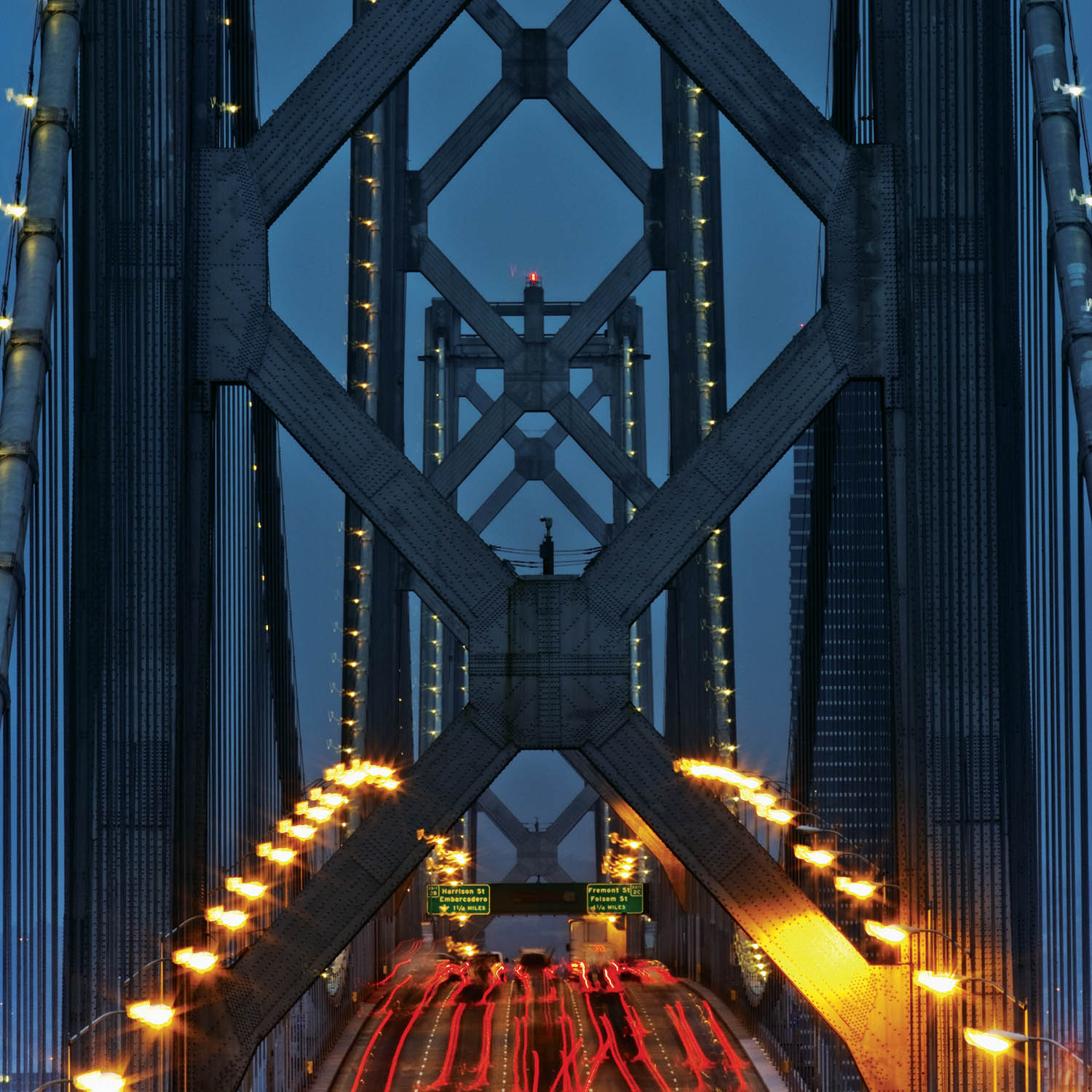Camille T. Dungy is the author of the poetry collections Smith Blue (Southern Illinois, 2011), Suck on the Marrow (Red Hen, 2010), and What to Drink, What to Leave for Poison (Red Hen, 2006). Her honors include an American Book Award and a National Endowment for the Arts fellowship. Dungy...

